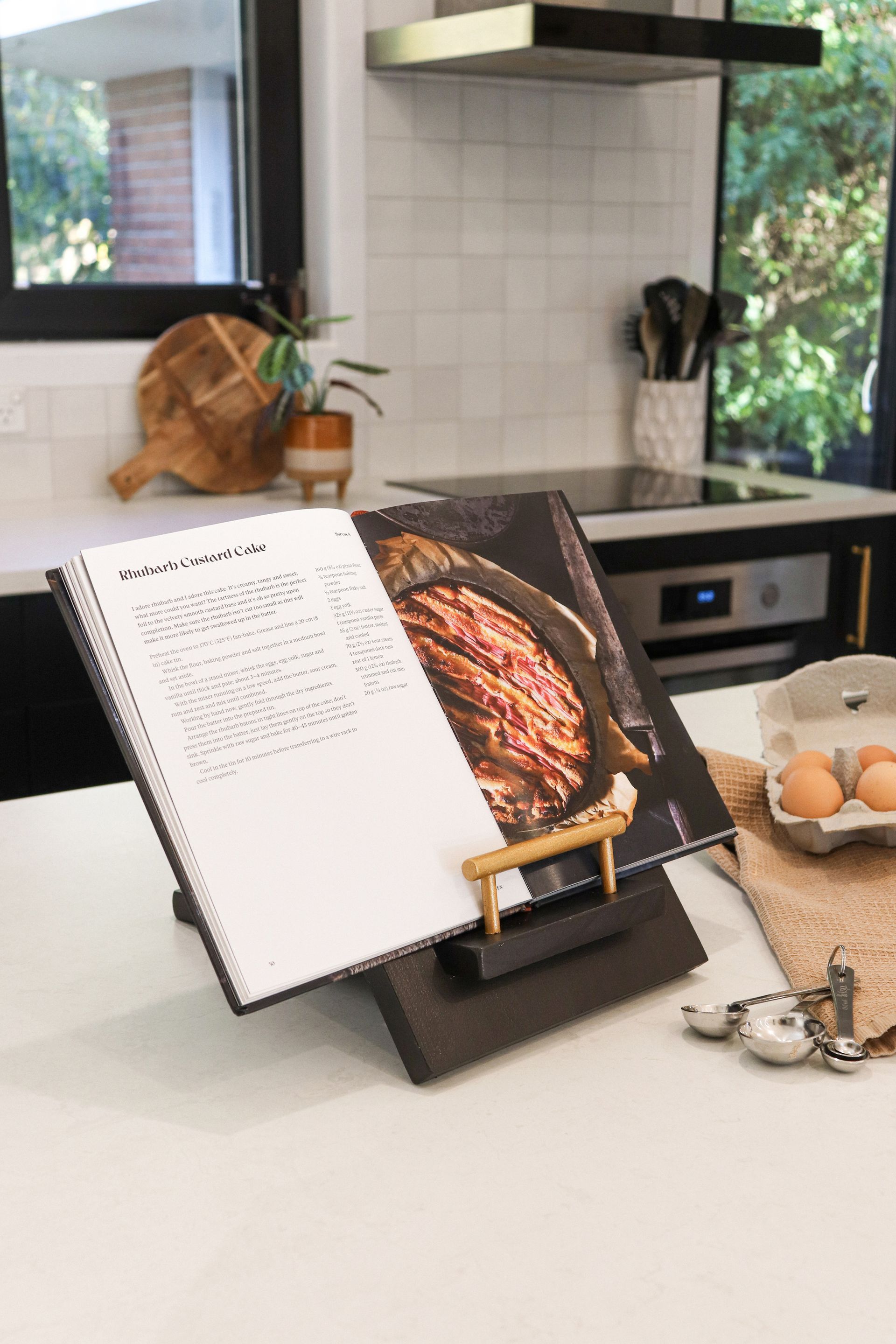Described ‘the sharp end of vulnerability’, gender-diverse students are a vital group of young people for whom we need to provide a safe educational system. Dr Chris Jansen and the team at Grow Waitaha are working to support our schools to become more inclusive.
Previously we have discussed how diversity is increasing across our society and within our schools with many rangatahi (teenagers) identifying with communities that have diverse cultures, beliefs, preferences and identities from the majority community.
Young transgender people are over-represented in self-harm and suicide statistics compared to the general population and are much more likely to experience bullying, particularly regarding their gender identity and expression. These voices reinforce the need for all of us to commit to being allies and creating safe and inclusive spaces for all.
An 18-year-old trans ākonga, he/him states: ‘Schools need to be aware that there are probably going to be gender-diverse students there, and they need to be prepared with how to teach them, how to make them feel welcome. If you don’t, they’re going to feel so isolated, so broken, and so wrong.’
As part of our work in supporting schools to become more inclusive of rainbow students, Grow Waitaha have created a resource to assist school boards, leaders and teachers to review and implement practices that positively support gender-diverse students. Most schools already have, or will inevitably have, gender-diverse students. Creating safe and welcoming learning environments will lead to better outcomes for these students and will help them feel safe to ‘come out’ and authentically be themselves.
The resource is designed to support kura and schools in implementing lasting change and to play a role as advocates for vulnerable people in our communities. It includes both a summary of research and the voices of those with lived experiences as gender-diverse adults who once attended our Canterbury schools as students. It also provides a wide range of recommendations that support gender-diverse young people.
Let’s explore how can we work together to make our schools and society at large safer and more empowering places for these young people who often experience high levels of prejudice and discrimination.
You can access the resource online here.
Dr Chris Jansen is a director and senior consultant with Leadership Lab and works alongside organisations in the education, health, business and community sectors on a range of projects. Chris is also a senior lecturer at the University of Canterbury, where he teaches the Master of Business Administration and Postgraduate Diploma of Strategic Leadership.
Recent stories





